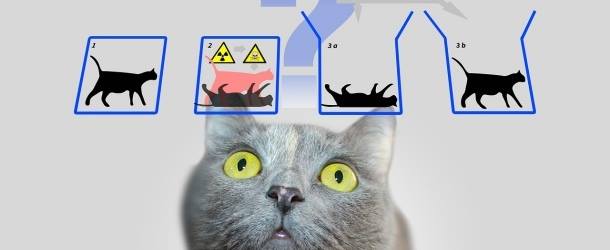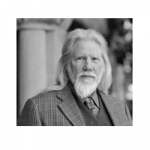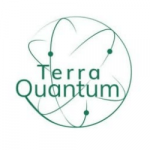New Research from TII Gives Schrödinger’s Cat 50% Survival Chances Within New Quantum Computer Logic

(EIN.News) Researchers at the UAE’s Technology Innovation Institute (TII) have demonstrated a new quantum computational technique in which switching the order of events can help find solutions to new types of problems. This is a new take on the quantum superposition phenomenon that has previously been applied to the state of quantum bits in qubits, but not to the order of events.
This research takes the classic example of Schrödinger’s cat to a new level. In existing quantum computers, the qubits are like a cat locked in a box with a poison that has a 50% chance of being released and is hence both “alive” and “dead” until opened. The latest experiments can be compared to a situation where four events “cat dies or not,” “poison is released or not,” “the photon is emitted or not,” and “atom is excited or not” take place in a superposition of four different temporal orderings at the same time.
Technically speaking, this does not reverse the causal order for events that have already occurred. “That would be like time travel towards the past, which is impossible,” said TII’s Leandro Aolita, Executive Director of Quantum Algorithms, who co-authored the research paper. Technology Innovation Institute worked collaboratively on this paper with an international team of researchers from Chile, Brazil, France, Spain, and Switzerland.
“We cannot use this process for general use cases. It is comparable to a paper strip being routed to different agents who read and write instructions in different orders at the same time,” he explained.
Conventional quantum computers (where quantum gates have a definite temporal order) are also based on quantum superpositions. The difference is that they use superpositions of different qubit states but not superpositions of different gate orders. This new approach implements a circuit where the connections between the different gates (the quantum equivalent of cables connecting different transistors in a circuit) are themselves in a state of quantum superposition.
Aolita said: “It’s like taking superpositions and entanglement one level higher in the hierarchy. Conventional quantum computers use superpositions of qubit states. What we do uses entanglement of qubit states plus entanglement of the orders in which the operations in a quantum circuit are applied to the qubits.”
Now that researchers have demonstrated its viability in practice, the scientific community can start finding a way to put it to use. People have studied causal superpositioning in theory and demonstrated how it might work for the simplest use case of just two events in the superposition. However, no one has considered more events where there is the greatest potential for new applications.
























